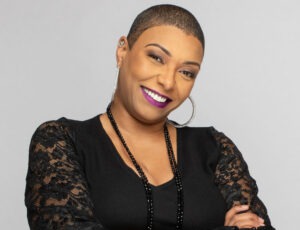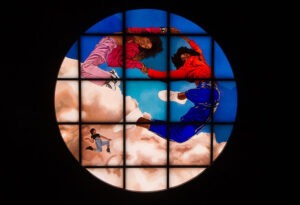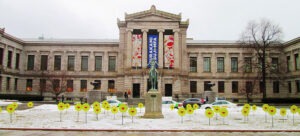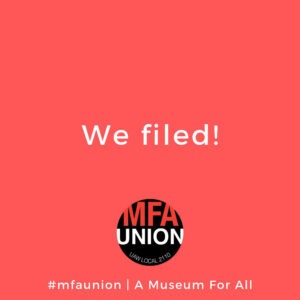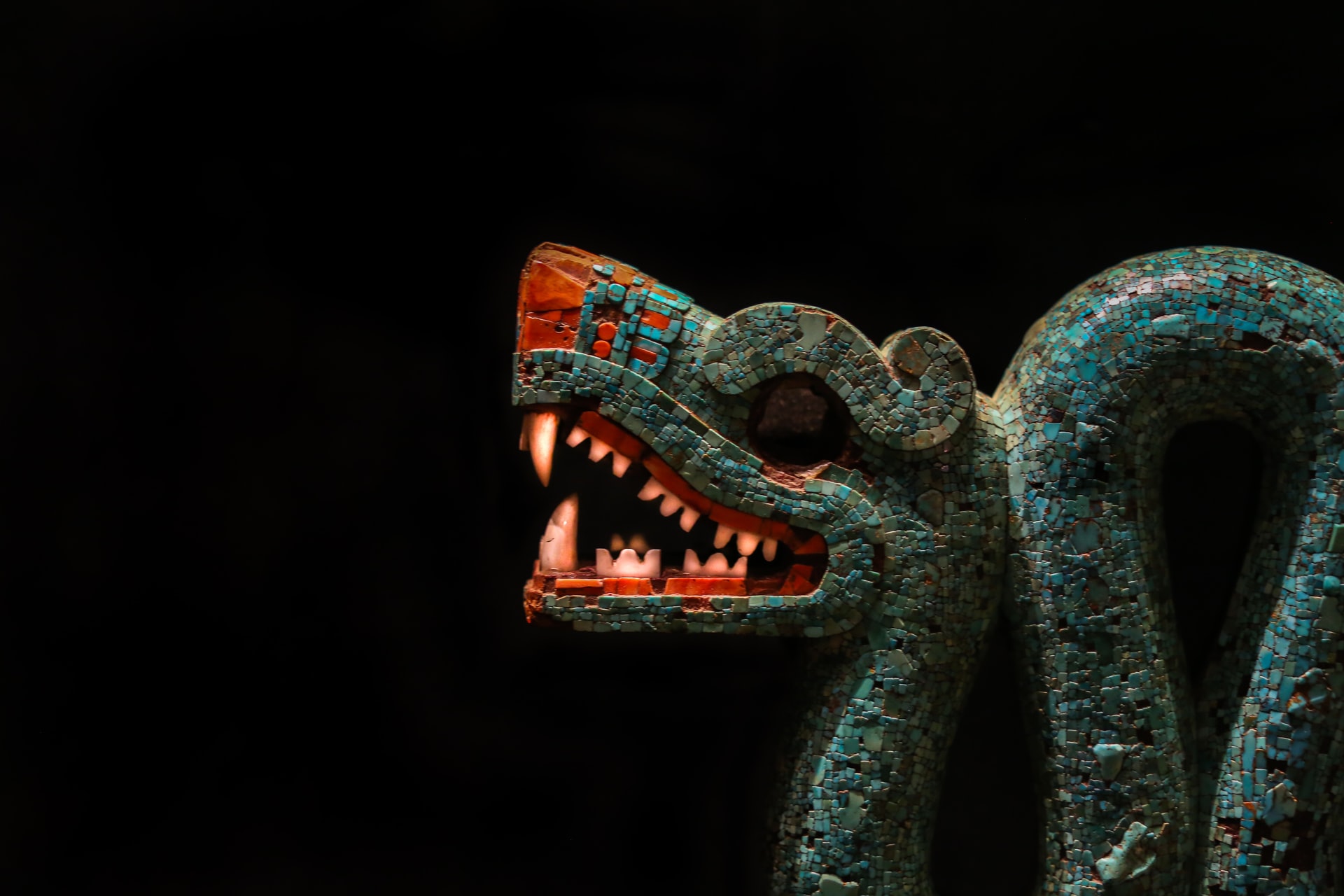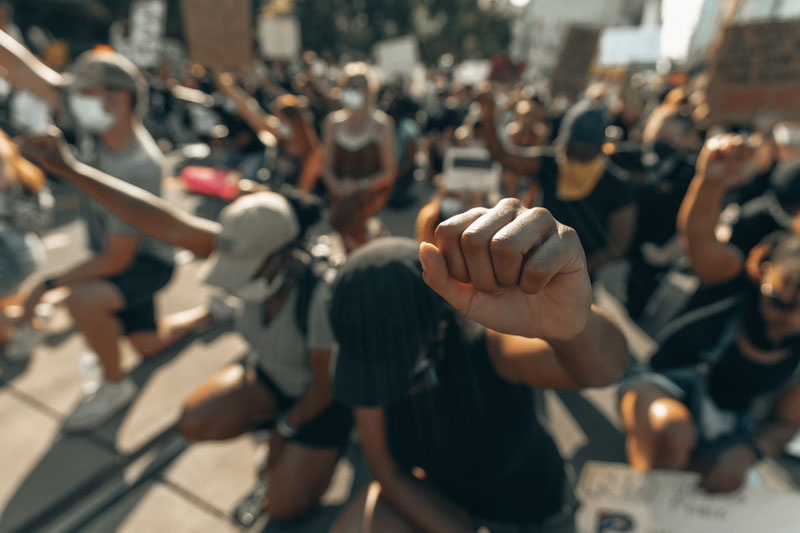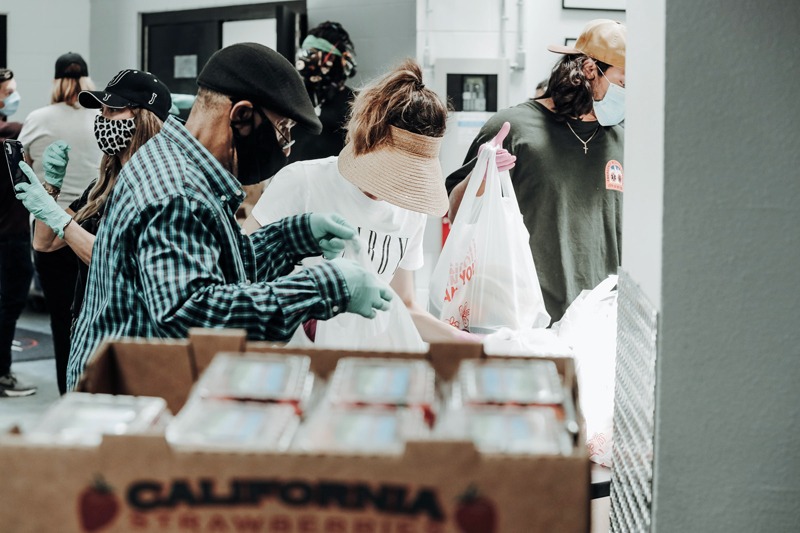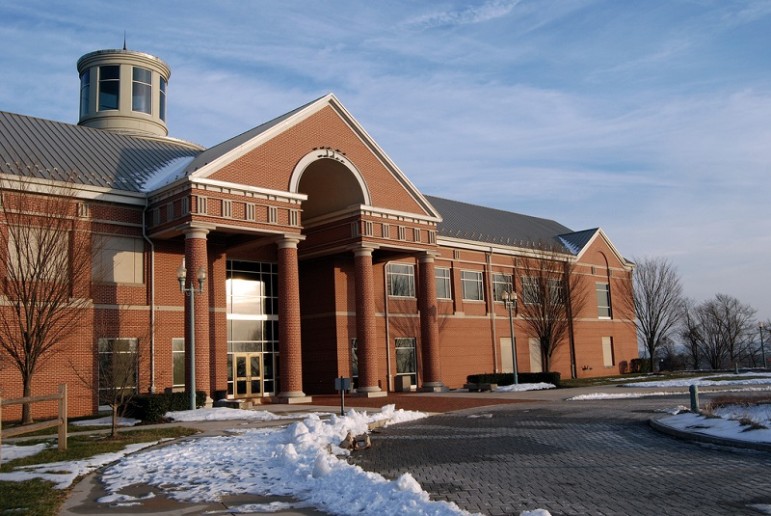
February 10, 2016; Harrisburg Patriot-News
NPQ has questioned before where museums should draw the line on controversy. As institutions that educate and inform the public, should museums be inserting themselves into potentially polarizing discussions, such as gun control and gun violence? These questions loomed over the National Civil War Museum in Harrisburg, Pennsylvania, as about a dozen community members protested an exhibit showcasing guns used during the Civil War.
The exhibit, called “Guns and Lace,” is sponsored by the National Rifle Association and has the same name as a NRA promotional magazine that advertises guns and safe shooting for women. According to the Patriot-News, the exhibit was also in conjunction with the NRA’s Great American Outdoor show, which is currently being held in Harrisburg through Sunday, February 14th, 2016.
The featured gun on display on Wednesday that drew the protesters’ ire was one owned by William Quantrill, a member of the Confederate army best remembered for developing a particularly terrorizing form of guerilla warfare. To the protesters, Quantrill’s gun came accompanied by a “heritage of hate” that needed to be framed in the proper context. Instead, according to protestors, the history behind the gun and the truth about Quantrill were glossed over after the NRA wrote a $25,000 grant to the museum for the sponsored exhibit. At the protest, one sign compared Quantrill to Dylann Roof, the Charleston church shooter, and another called the exhibit “an affront to decency.”
“I don’t think the glorification of the heritage of the Confederacy does anybody any good,” said Keith Bentz, a local activist who attended the protest on Wednesday. “We are supposed to all be brothers and sisters. Let’s act like we’re brothers and sisters… Why constantly remind people of color? It’s just wrong.”
Sign up for our free newsletters
Subscribe to NPQ's newsletters to have our top stories delivered directly to your inbox.
By signing up, you agree to our privacy policy and terms of use, and to receive messages from NPQ and our partners.
The exhibit included other historical guns, such as “a factory engraved New Haven Arms Company, Henry Rifle presented to Secretary of War Simon Cameron” and “a cased revolver presented to Colonel Benjamin Grierson by his Commanding Officer, Major General Christopher C. Auger.” (Cameron and Grierson both fought for the Union.) According to the museum’s description of the exhibit, ball gowns and dresses from the Civil War era were also on display.
The museum’s director, Wayne Motts, argues that many other items at the museum have a violent background. “That is no different than a lot of other museums. Take, for example, the derringer which John Wilkes Booth used to assassinate President Lincoln held by the National Park Service and displayed at Ford’s Theater.”
We have already seen the growth of a movement to not only remove Confederate statues and memorials, but to rename buildings if the namesake had controversial views in the past. Particularly given the subject matter of the exhibit, which has a violent undertone, was the NRA the right choice for the museum? Harrisburg Mayor Eric Papenfuse said he supported the protest, in part because of the problematic “fetishization of guns” as promoted by the NRA. We wonder if the protestors, like Harrisburg’s mayor, took greater issue with the museum’s collaboration with the NRA than the Quantrill gun exhibit itself.
Perhaps without meaning to, its choice of the NRA as a sponsor and partner caused the museum to inadvertently join a political conversation there was no need to take part in. The museum’s display of artifacts involving the Confederacy is one thing, but actively aligning itself with nonprofit organization that’s vocal in its support of gun ownership and use is quite another.—Shafaq Hasan




